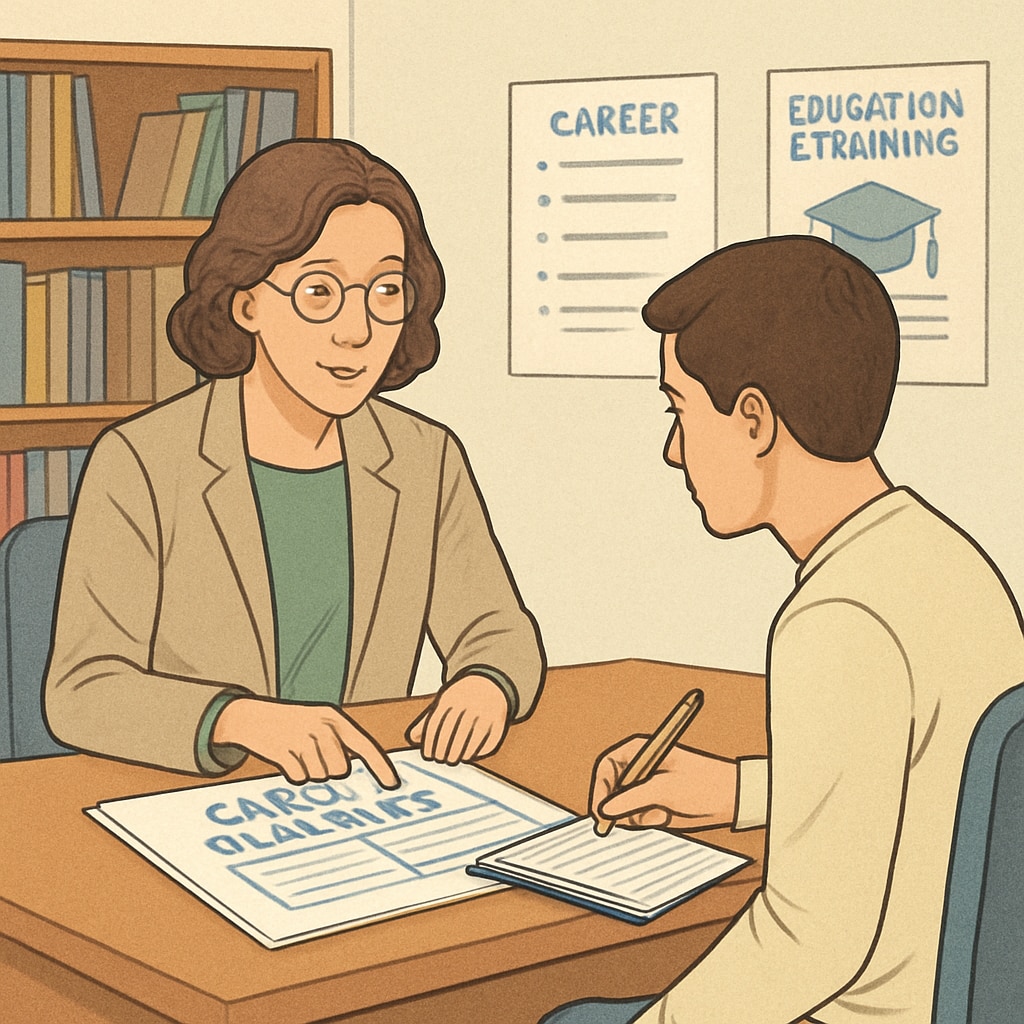Balancing career planning with the pursuit of personal interests is a challenge for many students, especially during the formative K12 years. The pressure to secure high-paying, stable job opportunities often conflicts with individual passions, leaving students and parents feeling confused. However, with a structured approach to interest exploration, skill development, and career awareness, it is possible to design a pathway that combines both passion and prosperity.
Why Balancing Career Aspirations and Interests Matters
The intersection of career choices and personal interests plays a crucial role in long-term satisfaction and success. Studies suggest that individuals who align their careers with their interests are more likely to experience job satisfaction, sustained motivation, and high performance. However, the reality of the job market cannot be ignored. Parents often encourage students to prioritize financially rewarding careers, but neglecting personal interests can lead to burnout and disengagement.
Therefore, it’s essential to adopt a balanced perspective early in a student’s journey. By nurturing curiosity and acknowledging practical realities, students can identify careers that not only pay well but also resonate with their passions.

Three Steps to Align Passion with Career Prospects
To bridge the gap between personal interests and lucrative career options, educators and parents can implement a three-step process: interest exploration, skill development, and career awareness.
1. Encourage Interest Exploration
The first step is to help students identify what excites them. This can be achieved through diverse activities such as extracurricular clubs, volunteer opportunities, and exposure to various fields. For example, a student who enjoys problem-solving may explore STEM (Science, Technology, Engineering, and Mathematics) fields, while a creative individual might experiment with art, music, or design.
Encourage students to reflect on questions like:
- What activities make me lose track of time?
- What subjects do I enjoy learning about the most?
- What problems do I feel motivated to solve?
By answering these questions, students can begin to identify their core interests, which form the foundation of their potential career paths.
2. Focus on Skill Development
Once interests are identified, the next step is to build relevant skills. Skills are the bridge between passion and professional success. For instance, a student passionate about technology can develop coding, data analysis, or cybersecurity skills. Similarly, someone drawn to communication could hone writing, public speaking, or digital marketing abilities.
Practical steps for skill development include:
- Taking online courses in emerging industries
- Participating in internships or shadowing professionals
- Joining academic competitions or hackathons
By aligning skills with market demands, students can ensure their interests remain relevant and valuable in the workforce.
3. Build Career Awareness
Finally, students must gain a realistic understanding of the job market. This involves researching high-demand industries, learning about growth trends, and identifying roles that align with their interests. Tools like career aptitude tests, informational interviews, and networking events can provide valuable insights.
For example, emerging fields such as artificial intelligence, renewable energy, and healthcare innovation offer both high earning potential and opportunities for meaningful impact. By exploring such fields, students can pursue careers that are both fulfilling and financially rewarding.

Addressing Common Challenges in Career Planning
Despite these strategies, students and parents often encounter obstacles in career planning. Here’s how to address them:
- Resistance to Unconventional Paths: Encourage students to explore unconventional careers that may not yet be mainstream but hold future potential, such as digital content creation or sustainability consulting.
- Overemphasis on High-Paying Jobs: Balance the conversation by emphasizing the importance of job satisfaction and lifelong learning alongside financial stability.
- Fear of Failure: Remind students that career planning is an evolving process. It’s okay to pivot based on new experiences and opportunities.
Conclusion: A Balanced Path Forward
Balancing career planning with personal interests during the K12 years is not only possible but essential for long-term success. By fostering interest exploration, skill development, and career awareness, students can overcome confusion and design a fulfilling and financially secure future. Parents and educators play a vital role in this process, providing guidance and resources that empower students to navigate their unique journeys.
Ultimately, the goal is to help young individuals discover careers that ignite their passions while offering sustainable growth and prosperity. With the right support, today’s students can become tomorrow’s thriving professionals.
Readability guidance: Use short paragraphs and bullet points to summarize key ideas. Maintain a balance between technical details and actionable advice. Distribute transition words throughout the text for seamless flow.


